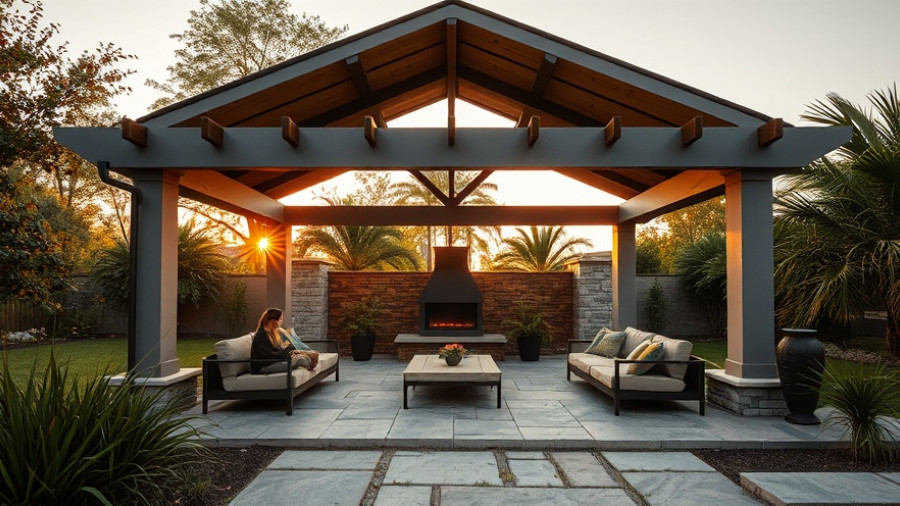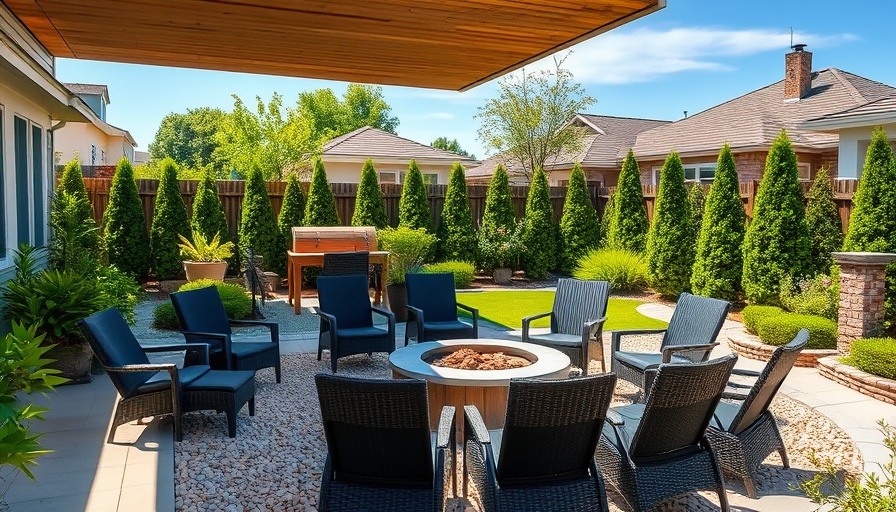
Unlocking Your Yard's Potential: 19 Ingenious Tool Hacks
As a California homeowner, maintaining the beauty of your outdoor space can be a fulfilling yet daunting task. Between hot summers and the occasional drought, your yard deserves the best care. Luckily, a few innovative yard tool hacks can simplify your outdoor chores, making them not only easier but also more enjoyable. Here, we present 19 clever updates that can help you maximize your gardening efforts, reduce physical strain, and even recycle everyday items in unexpected ways.
Transform Your Lawn Mower for Greater Efficiency
From modifying the grass chute on your riding mower to let you cut closer to trees without stopping, to adding short sections of PVC pipe to your mower's handle for easy access to tools – the innovations are endless. One simple modification reported by enthusiast Travis Larson involves drilling a hole in the mower's chute and tying a rope to lift it easily. This keeps mowing efficient, preventing the dreaded string trimmer work later.
Repurposing Items for Maximum Utility
Your household holds treasure troves of items perfect for yard work. For instance, those plastic berry containers can serve as effective grass seed broadcasters. Instead of tossing them away, simply clean and dry them to spread seeds evenly across your lawn.
Moreover, as part of your mulch-spreading routine, Eric Swartz suggests using buckets or pails placed in your wheelbarrow. Filling these containers with mulch not only makes it easier to reach hard-to-get spots but also lessens mess as you work.
Tools and Techniques to Make Gardening Stress-Free
One often overlooked tool for stirring concrete efficiently is a garden rake. Switching from a hoe to a rake can cut down on splatter and improve mixing time – a quick tip that can save both time and energy.
If you're battling stubborn, clay-packed soil, a simple yet effective hack is to spray your shovel with silicone. This makes it easier to work with and prevents dirt from caking onto your tool, allowing you to work through projects faster.
Safety and Care: Protecting Your Precious Plants
Keeping your garden beautiful is a balancing act of caring for your plants while executing yard work. A creative solution by gardener Ryne Rover involves using croquet wickets to create a safe path for your hose. Cautiously guiding the hose through the wickets will help you avoid damaging delicate flowers while watering.
Additionally, being mindful of the equipment you use for gutter cleaning can prevent potential accidents. By attaching a small mirror to the end of a PVC pipe, you can easily spot clogs in your rain gutters without having to climb and risk injury.
Future-Proofing Your Yard Maintenance
These popular hacks do more than streamline yard maintenance; they’re also sustainable practices. They teach homeowners how to repurpose, reinvent, and reduce waste, embodying the spirit of California's eco-conscious lifestyle.
As urban and suburban communities continue to blossom in California, these hacks could serve as the next step for homeowners looking to maintain their sustainability commitment while ensuring their yards are flourishing and functional.
Conclusion: Take Action and Transform Your Yard
With summer on the horizon, it’s time to engage in outdoor activities and enjoy the beauty of California landscapes. Whether you're tightening connections to make current tools more efficient or finding imaginative ways to use items already at home, the hacks shared can transform your yard work experience.
Now, take a moment to reflect on your own toolset and yard care routine. Implement these innovative changes today, and watch how they enhance your gardening tasks. Let your yard inspire creativity, efficiency, and most importantly, enjoyment.
 Add Row
Add Row  Add
Add 




Write A Comment